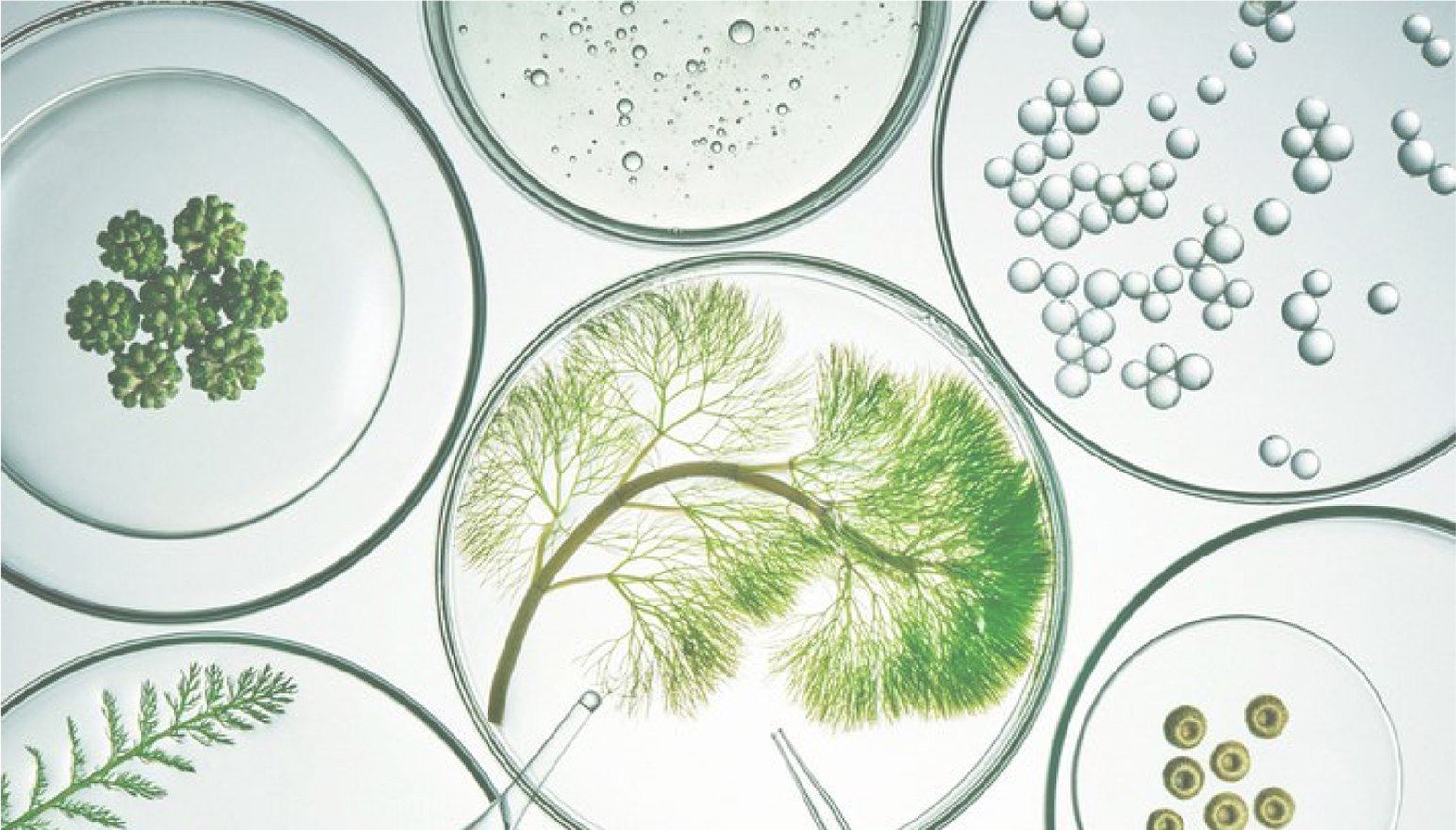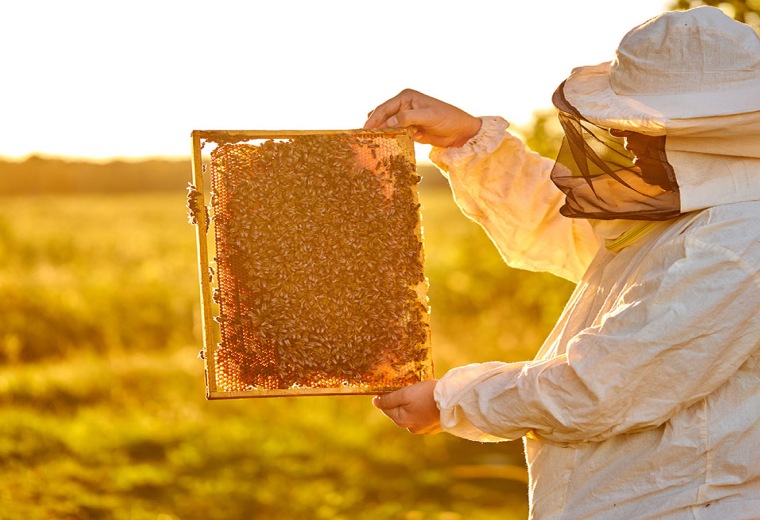Industry Insights

Characterization of antibacterial substances in honey.
January 25, 1997
Characterization of antibacterial substances in honey. There are two types of antibacterial agents in honey. The peroxide one is destructed when honey is heated or stored in the light. The other one is a non-peroxide one and is stable to heat and storage. The chemical properties of the non-peroxide activity are determined. Most of the…
Multicentre prospective observational study on professional wound care using honey (Medihoney).
April 25, 2012
Multicentre prospective observational study on professional wound care using honey (Medihoney) In recent years, the treatment of wounds with honey has received an increasing amount of attention from healthcare professionals in Germany and Austria. We conducted a prospective observational multicentre study using MedihoneyTM dressings in 10 hospitals – nine in Germany and one in Austria….
The super-food Manuka honey, a comprehensive review of its analysis and authenticity approaches
June 25, 2021
The super-food Manuka honey, a comprehensive review of its analysis and authenticity approaches. Manuka honey (MH) stands out from other honey types as a unique super-food with clinically proven antimicrobial and wound healing activities. Its unique traits and the broad range of applications (i.e. food, cosmetics, nutraceuticals /natural health products) have marked up its price…
The Use of Manuka Honey to Promote Wound Healing
Molan, P. (2013). The use of manuka honey to promote wound healing. L.O.G.I.C (Linking Opportunities Generating Inter-Professional Collaboration): The Official Journal of The New Zealand College of Primary Health Care Nurses, NZNO, March 2013, 23-25. • March 26, 2013
Generally wounds do not heal or are slow to heal because
the wound is inflamed. Inflammation is also responsible for
scarring.The use of honey as a wound dressing
prevents these problems through its
potent antibacterial and anti-inflammatory
activity.
Honey For Wound Care in The 21st Century
Coper, R, 2016 • November 26, 2021
This review, written in memory of Professor Peter Molan, who published a paper in the Journal of Wound Care in 1999 describing the therapeutic properties of honey in relation to wound care, provides an update to show how our understanding of the mode of action of honey has changed within the past 17 years. Cooper,…
The super-food Manuka honey, a comprehensive review of its analysis and authenticity approaches
Farag, M. et al. 2021 • May 30, 2021
Manuka honey (MH) stands out from other honey types as a unique super-food with clinically proven antimicrobial and wound healing activities. Its unique traits and the broad range of applications (i.e. food, cosmetics, nutraceuticals /natural health products) have marked up its price 6 to 25 times than other honey types. Concurrent to the increased market…
Nectary photosynthesis contributes to the production of mānuka (Leptospermum scoparium) floral nectar
November 24, 2021
Nectar collected from mānuka trees (Leptospermum scoparium) is the basis for a special type of honey that has what the honey industry calls a “unique mānuka factor” (UMF).
In vivo absorption and metabolism of leptosperin and methyl syringate, abundantly present in manuka honey.
Ishisaka. A. et al. (2017) • April 10, 2017
Manuka honey, which shows strong nonperoxide-dependent antibacterial activity, contains unique components, such as methyl syringate 4-O-_-D-gentiobioside (leptosperin) and its aglycone,methyl syringate (MSYR). We investigated the absorption and metabolism of these components in manuka honey. Manuka honey (15 g) was fed to healthy human volunteers. MSYR-GA, MSYR-S, and MSYR were detected in both plasma and urine….


